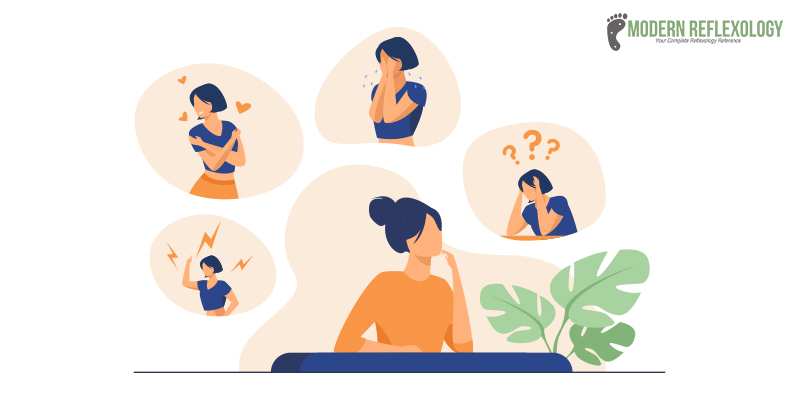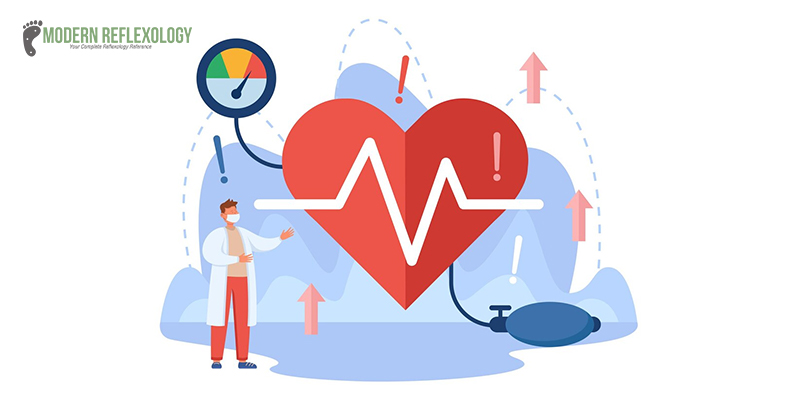One kind of massage therapy that is most well-known for its ability to promote relaxation is Swedish massage. This method involves using a combination of friction, gliding strokes, and kneading to target specific muscles. This method, which is often referred to as classical massage, is the most widely used type of massage therapy in Western nations. It is also regarded as the foundational method from which other forms of massage treatment evolved.
What Is Swedish Massage?
Aside from Thai massage, Swedish full body massage is one of the most common types of therapy. Swedish massage originated in Sweden, as its name implies. However, Swedish massage is relatively “new,” unlike Maalish and other ayurvedic massages with centuries-old origins.
Deep Swedish massage is claimed to have originated from a fencing instructor who used a series of percussive strokes to treat his elbow ailments. Swedish massage primarily relieves mildly tense muscles and soothes the body and mind. The massage therapist uses a combination of hard and softer strokes on the body to relax the muscle tissues and improve heart blood flow.
Though the two are distinct, deep tissue and Swedish massage are frequently contrasted. Light to complex pressure and lengthy, flowing strokes are used in Swedish massage. Deep pressure is used in deep tissue massage, and the therapist frequently stays on one spot on the body for extended periods to release knots and stress. The two methods’ objectives are dissimilar: While deep tissue massage focuses more on alleviating deep muscle tension and pain, Swedish massage primarily focuses on relaxing.
Techniques of Swedish Massage:
A Swedish massage therapy treats the entire body. Five fundamental components are included in every massage, each involving a unique method. Among these components are:
1. Effleurage:
To relax the muscles and soft tissues, effleurage gives the body gentle, medium, and vigorous strokes. This technique is typically used to calm and loosen up the body at the start of a massage.
2. Petrissage kneading:
This method is still done with comfort in mind, but it uses a little bit more pressure than effleurage. Different body parts will be softly massaged, rolled, and squeezed by the massage therapist in a circular manner.
3. Tapotement:
This technique rhythmically taps the body. It contributes to an increase in blood flow to the body’s tissues.
4. Friction:
To try to warm the tissues, the therapist rubs and compresses the body with their hands, forearms, and even elbows.
5. Vibration:
This method includes rhythmically shaking and vibrating the body in a regulated manner. It is employed as a stress reliever.
Swedish Massage Benefits
A Swedish massage, like other forms of massage therapy, is advertised as a means of helping you unwind and momentarily relieve pain. Some potential benefits of Swedish massage include:
1. Reduces anxiety:

Although studies indicate that massage therapy may also assist in reducing anxiety, the potential calming effects of massage are advocated for stress management. The long-term benefits of Swedish foot massage for anxiety are debatable, though. This method just lowers anxiety symptoms, including elevated heart rate and blood pressure.
2. Can treat PMS:
Health professionals promote massage therapy to as a relaxation measure to assist in reducing PMS symptoms, including exhaustion and mood swings. Nevertheless, more clinical studies are required to ascertain whether Swedish massage helps target these PMS symptoms.
3. Lowers blood pressure, pulse, and respiratory rate:

Additionally, studies have demonstrated that Swedish facial massage can lessen some physiological worry indicators, such as elevated blood pressure, accelerated heart rate, and rapid breathing. According to the researchers, Swedish massage can reduce pulse, respiration rate, and systolic blood pressure but not diastolic blood pressure.
4. Relieves pain:
Massage, in general, and Swedish massage, can aid in relieving pain. Swedish massage is believed to lessen discomfort by improving blood flow to the muscles and reducing metabolic waste from the body’s muscles. Swedish massage has been demonstrated in studies to help rheumatoid arthritis patients feel less pain. It has also been discovered to lessen nurses’ lower back pain. Additional studies have shown that Swedish massage, when given during labor and delivery, can alleviate the pain associated with childbirth.
5. Treats headaches:

The main goals of Swedish massage, a type of therapeutic massage, are relaxing and enhancing general wellbeing. The advantages of Swedish massage, such as reduced stress, enhanced circulation, and eased muscle tension, can help relieve some headache types even if it may not be intended as a specialized treatment for headaches.
Swedish massage is known to promote relaxation and reduce muscle tension, which can be especially helpful for tension headaches, which are frequently brought on by stress and tense muscles. The enhanced blood flow and endorphin release that occur during the massage may help reduce headache symptoms by promoting an overall sense of relaxation.
What To Expect?
Before the massage:
Before the session, your massage therapist will ask a few simple questions about your health and well-being. They could inquire about your daily activities, medications, health issues, and food habits. They will also ask what kind of massage you would like and which body parts are stressed.
During the massage:
The therapist may turn down the lights and play soothing music or background noise to create a relaxing atmosphere during a Swedish massage. You can ask for no music or talking throughout the massage if you would rather have a more peaceful experience. Along with applying gentle and deeper pressure, the massage therapist will proceed through each area of your body using techniques including rolling, friction, tapping, kneading, and vibration. You should always let your massage therapist know if something seems unpleasant or the pressure is too intense. You can ask for a different massage, a different pressure point, or a different method. While there are no set lengths for Swedish massages, they often run anywhere from 30 to 90 minutes.
Risks of Swedish Massage:
Deep tissue massages can be uncomfortable for some people, primarily if the therapist focuses on trouble spots. If a massage gets too painful, they can inform their massage therapist. Deep tissue massage may not be appropriate for everyone despite the low risk of injury associated with massage. If a person has any of the following symptoms, they should speak with their doctor first:
- A blood clotting disorder
- Increased risk of injury, such as bone fractures
- Nerve injury
- Older age
- Any recent surgery or chemotherapy
- Wounds or skin conditions
- Hernia
Final Words:
To sum up, Swedish massage therapy is a well-researched and highly valued therapy modality that provides numerous advantages for optimal physical and mental health. Its mild yet powerful methods, including tapping, kneading, and long, flowing strokes, all combine to ease muscle tension, increase blood flow, and encourage general relaxation.
Our exploration of the advantages, methods, and expectations for receiving a Swedish massage clearly shows that this modality promotes complete healing rather than just relaxation. Aromatherapy and essential oils are combined to improve the sensory experience further and create a calming environment that effectively relieves stress.

Comments are closed